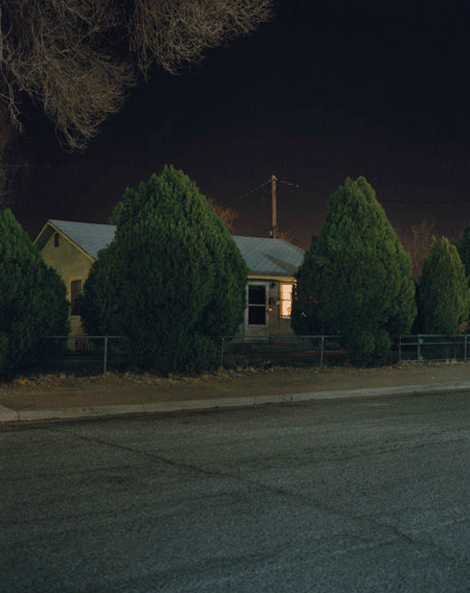“Nostalgia,” the successful, albeit subconscious underlying theme of this year’s Paris Photo LA art fair has, by now, turned upon itself. The memory of the event may be faded, but there are a few talents and galleries that proved they will have a bright future. Paris Photo LA is the one-time-a-year that photography as an art form has our undivided attention and the galleries, some that don’t participate in art fairs as general practice, choose this one to turn out.
Is it the venue, Paramount’s New York backlot, representing key neighborhoods of Manhattan in square-footage relative to an apartment in the village? Or, the combination of access to artists, unusually good weather and food trucks? Certainly it can’t hurt and it’s always a good night out. Although slightly over-organized this year, there was a great mix of things to see. Yet, the best of it was not terribly new.
Hardhitta Gallery, run by Bene Taschen, currently with outposts only in Cologne and Berlin, showed the work of Jamel Shabazz, an under-appreciated street photographer originally from Spanish Harlem. His work centers around personalities he found in his neighborhood in the early ’80s, marking a time and a culture not familiar to most. Portraits of families, groups of friends, and lone young men with style and attitude are stopped on the streets of New York, questioning you through the camera. Thankfully, Shabazz started shooting when he was 14, taking advantage of his natural curiosity and recording an interesting history of everyday lives. Hopefully, his archive runs deep.
Also, Todd Hido, “Selections From a Survey,” presented by Casemore/Kirkeby was an impactful exhibit of work, loosely staged Polaroids, random newspaper clippings, tacked up with tape and pins in the front room of a fake upper east side brownstone. Hido’s familiar images of vintage girls and modest living spaces are lit as though they are from an unclear generation. The rooms envelop their audience, slightly reminiscent of a David Lynch scenario, yet deliberately less so. Both Hollywood’s influence and Hido’s Midwestern upbringing is evident, yet filtered through his unique point of view. More please.
MAMA Los Angeles brought out a body of Cole Sternberg work, thought-provoking, distressed mosaics that at times look painted. Bruce Conner’s “Mabuhay Gardens” punk collages and photos from 1987 made a statement at Gallery Paule Angelim, sadly just days after the gallery’s ground-breaking proprietor passed away. And it would be remiss not to mention the haunting collection of RJ Arnold glass negatives, that made up the “Unedited” selection this year. The story of their discovery at a yard sale is perhaps more interesting that the images themselves, although it is difficult to beat 2014’s edition that highlighted the LAPD backlog.
In an effort to buck against trend, JP Morgan brought in an interesting student competition titled “Introducing” and BMW sponsored some young European work through their exemplary residency program, these neatly presented packages of recent work were touted as the next big thing among champagne and speeches. However, maybe the irony was lost somewhere between Switzerland and LAX. Compared to the bulk of the selection at Paris Photo LA, it sorely missed a sense of history and place. Regardless of technology and the popularity of cat images on the Internet, one must insist that the future of fine art photography does not look like it was pulled from the back files of istock.com. Duty now for the future, Paris Photo LA—here’s to 2016!





